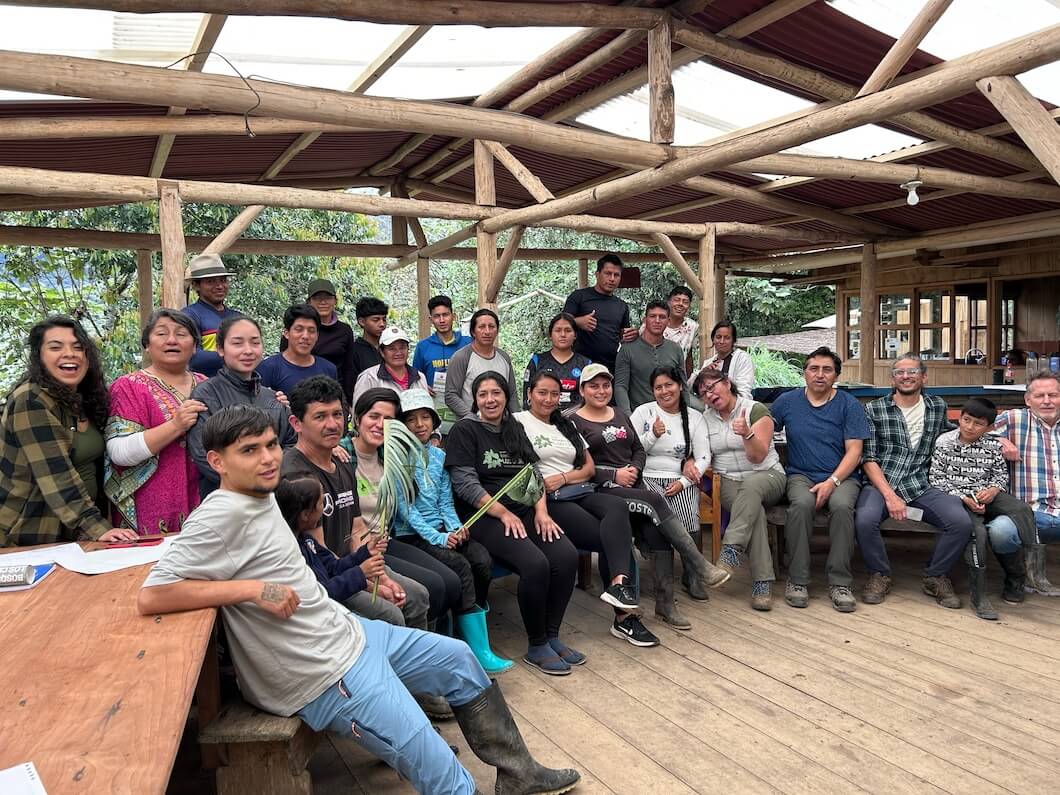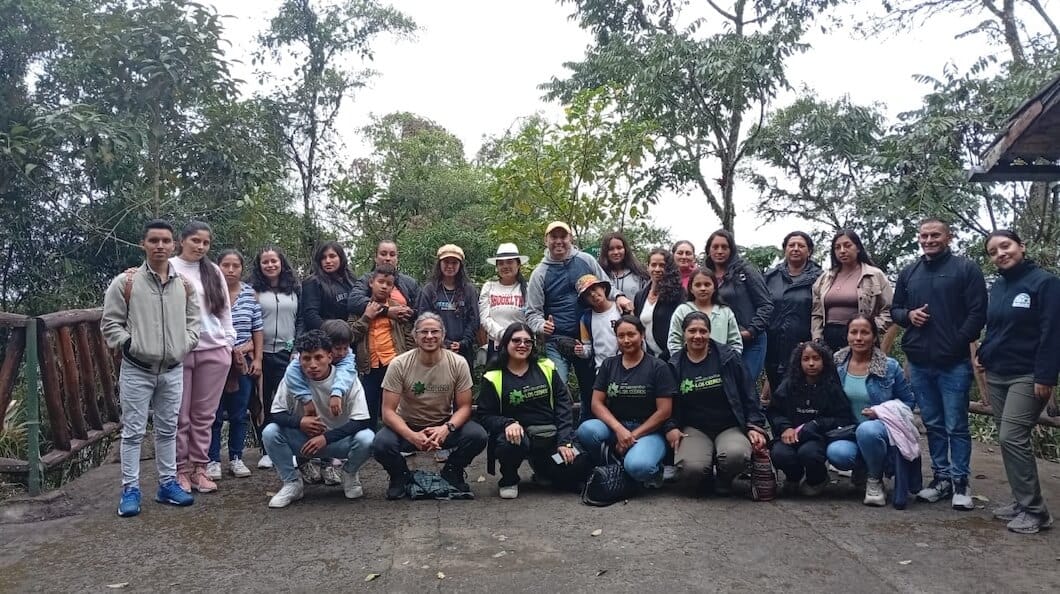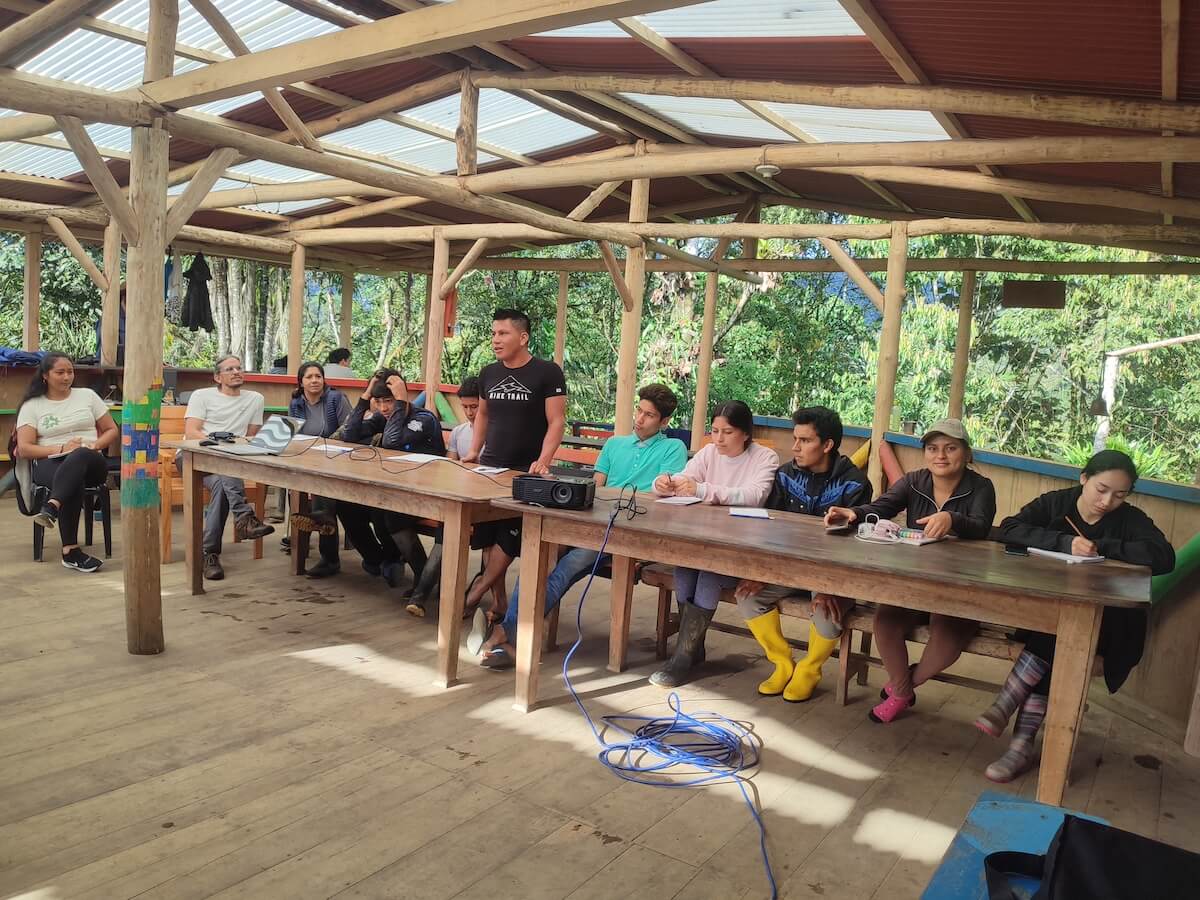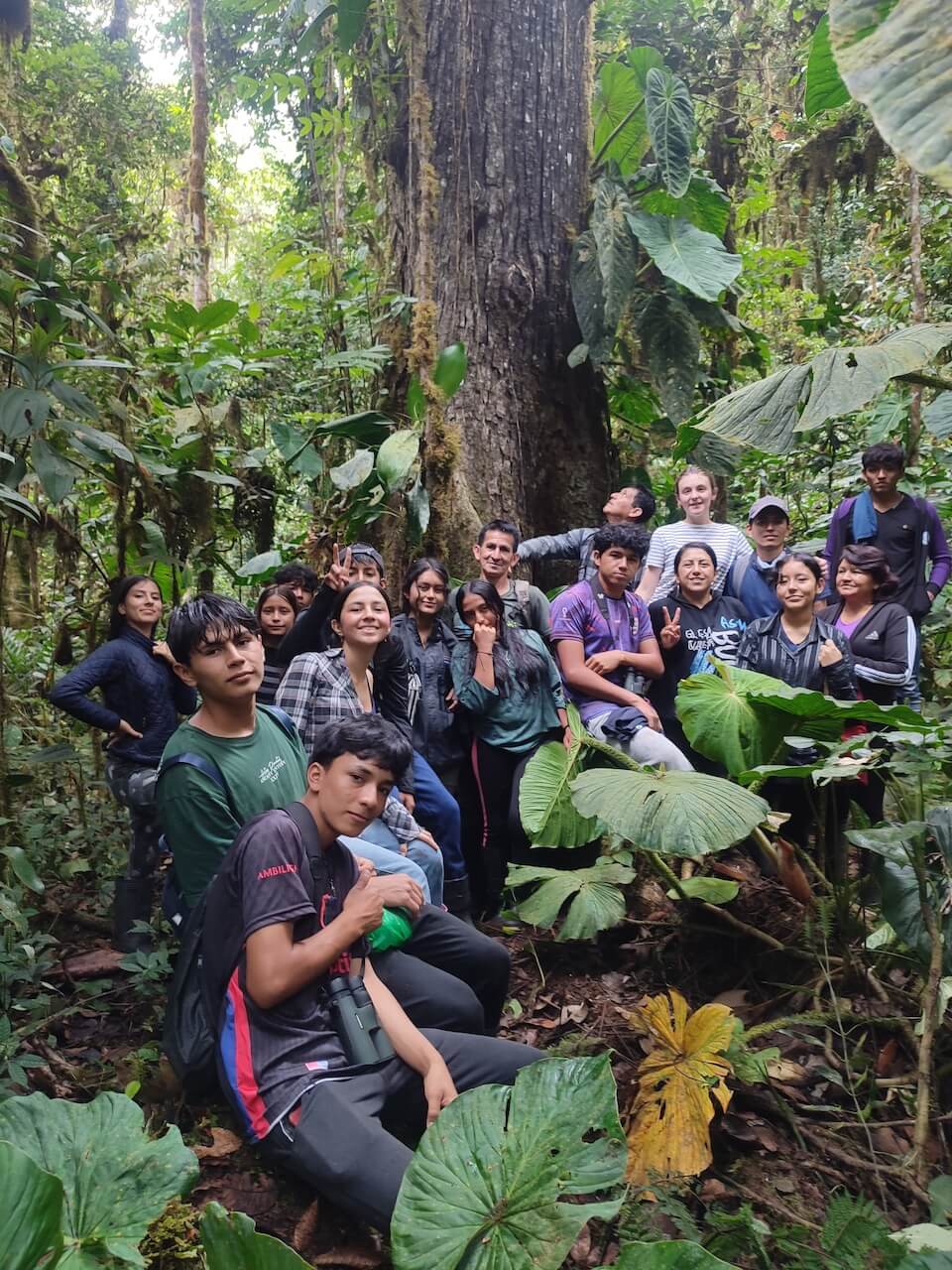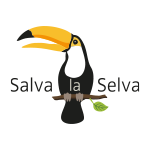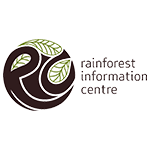by Monserratte Vásquez
Share
Within the framework of the Project “Preparing Civil Society for the Co-Management and conservation of the Los Cedros Protected Forest – KBA ECU 14” financed by the Critical Ecosystem Partnership Fund (CEPF), we held the introductory workshop on the Birds of the BPLC (KBA ECU14) and of Ecuador in March as part of the forest ranger training program, expertly facilitated by biologist Juan Freile. Twenty community members from the BPLC’s area of influence participated.
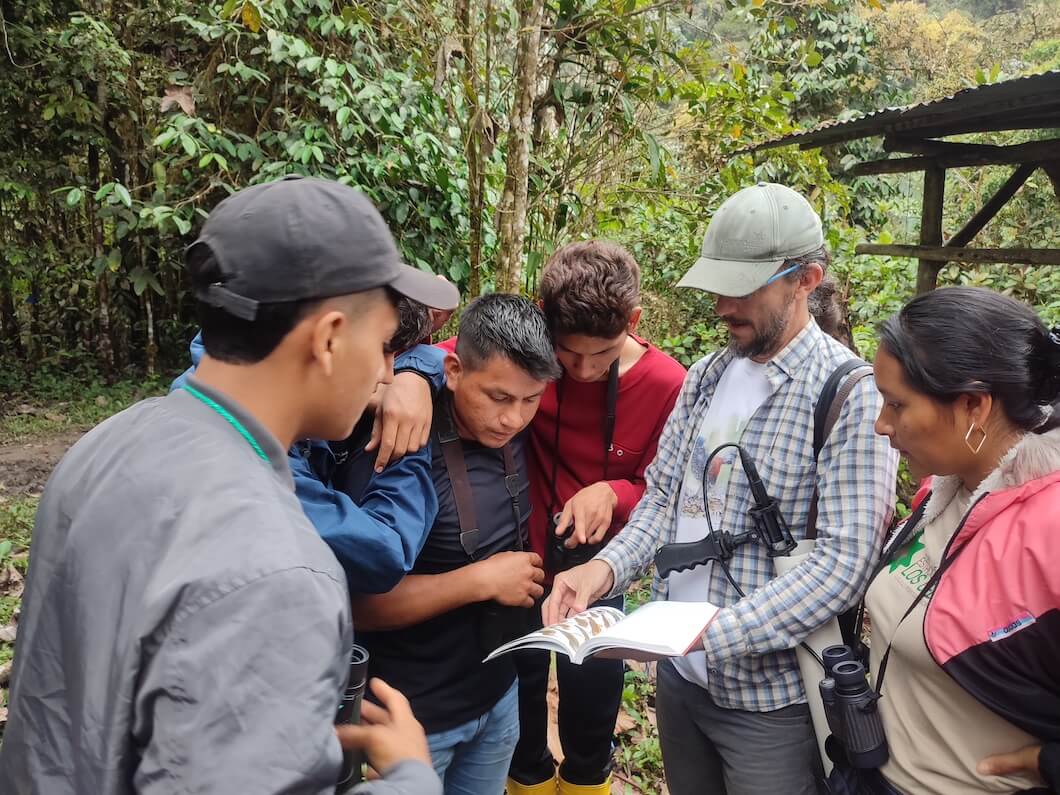
The workshop addressed theory, diversity and conservation of birds, their ecology in terms of feeding and reproduction, classification and systematics, observation tools, and use of binoculars.
We put theory into practice through contemplative walks at dawn and dusk in the forest, binoculars and field guides in hand. The young people set out to search for and observe birds with a different perspective than before, now that they knew incredible facts about their ecology and were aware that they were immersed in one of the most bird-diverse forests in Ecuador and the world.

We reinforced each practical activity with further theory and discussion about field identifications. The facilitator encouraged the young people to investigate bird patterns such as their colors, shapes, and details, using illustrations of different bird species with very similar characteristics.
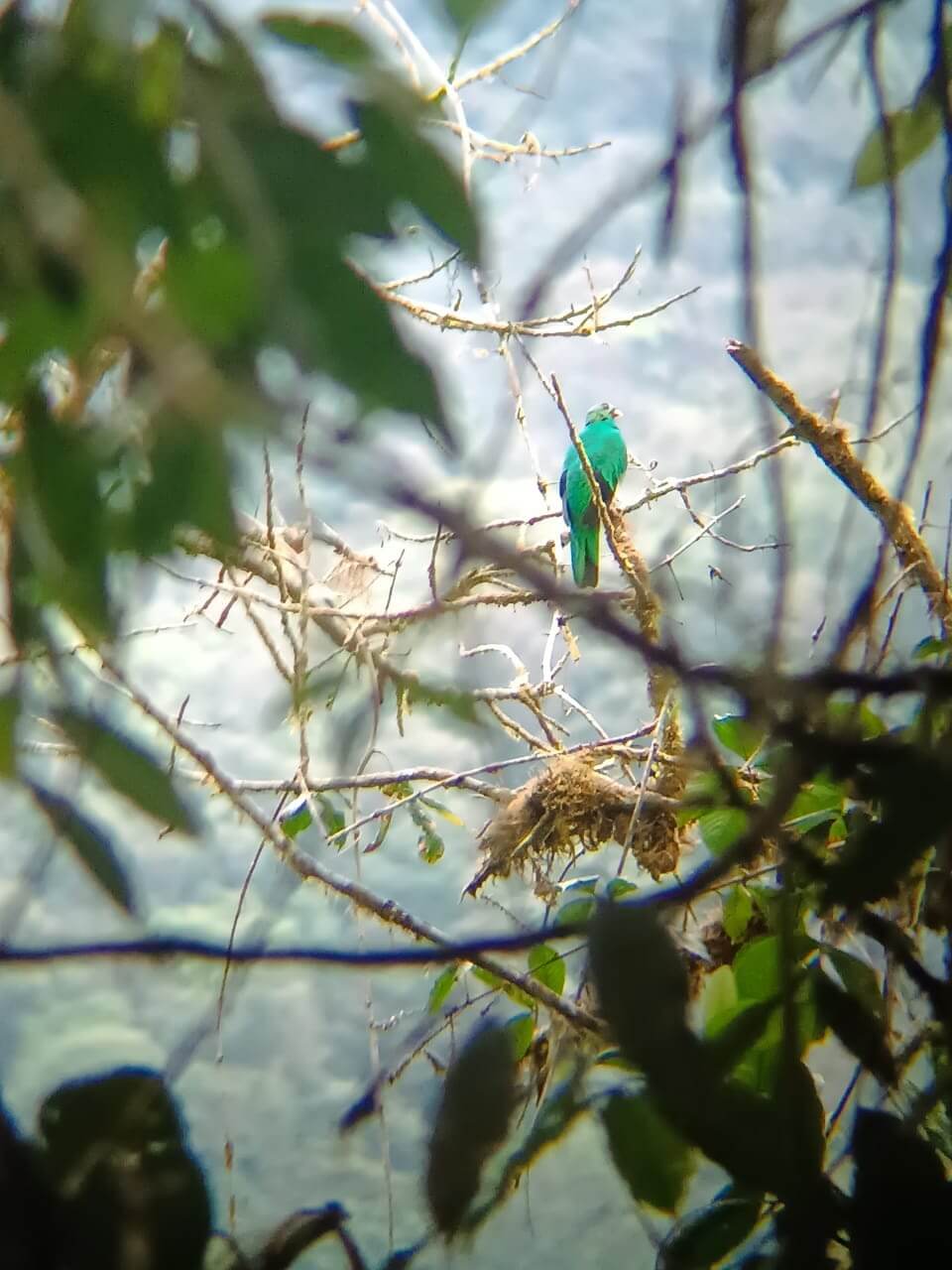
And in that convergence of theory and practice, the forest shared their charms with us; we observed quetzals, woodpeckers, tanagers, woodcreepers, hummingbirds, toucans, flycatchers, trogons, parrots, aracaris, guans, and Andean cocks-of-the-rock.
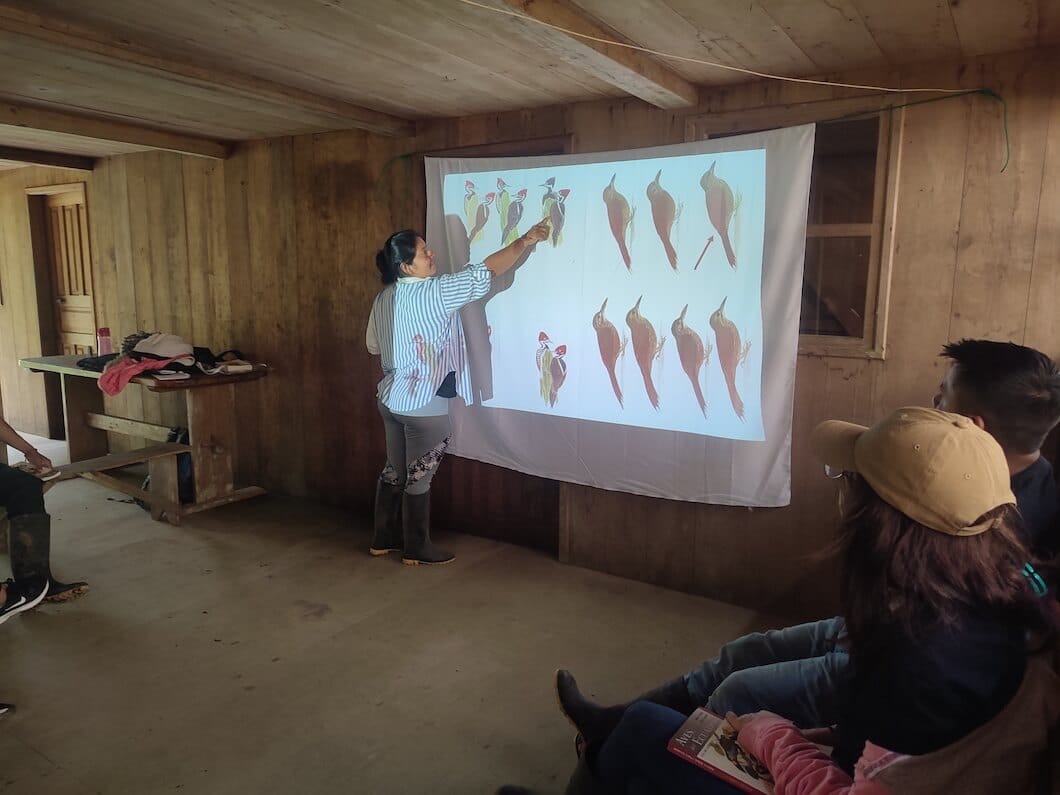
At the end of the workshop, the 20 participants developed the ability to identify the characteristics of birds through plumage, colors, and patterns; identify their songs; observe their behavior, etc., using the book “Birds of Ecuador” and the applications E- bird, Birds of Ecuador, and Merlin.
The Critical Ecosystem Partnership Fund (CEPF) is a joint initiative of the French Development Agency, Conservation International, the European Union, the Hans Wilsdorf Foundation , the Global Environment Facility, the Government of Canada, the Government of Japan, and the World Bank. CEPF’s program in Ecuador is funded by the German government through KfW. The fundamental goal is to ensure that civil society is engaged in conserving biodiversity.
The Latin American Future Foundation (FFLA) serves as the Regional Implementation Team (RIT) for Ecuador. The CEPF program in Ecuador is implemented in ongoing coordination with the Ministry of Environment, Water and Sustainable Development. Ecological (MAATE).
Related post
Twenty community members from the Valle de Los Manduriacos, who are training to be forest rangers, participated in the territory and participatory mapping workshop held in March. The workshop consisted of two phases: the first focused on political mapping, led by José Cueva, a member of the CIPBAT team, and the second on social mapping […]
Representatives from the Los Cedros Forest communities visited Yunguilla to learn about sustainable development, organization, and collective hope. Author Jose Cueva
In February, the second phase of the Community Forest Ranger Training Program began, with 10 young adults from last year’s program joined by 10 new young adults from the communities surrounding the Los Cedros Protected Forest, including Brillasol, Magdalena Alto, Chontal, Magdalena Bajo, Pueblo Unido, Paraíso, Río Verde, Villaflora, and Cielo Verde. Each council received […]
In this post, we’d like to share with you a preview of the work we’ve been doing throughout this year to promote conservation and love for the Los Cedros Protected Forest (LCPF), together with the communities of the Manduriacos Valley. Our organization, the Corporation for the Investigation and Protection of the Tropical Andes’ Forests (CIPBAT […]

